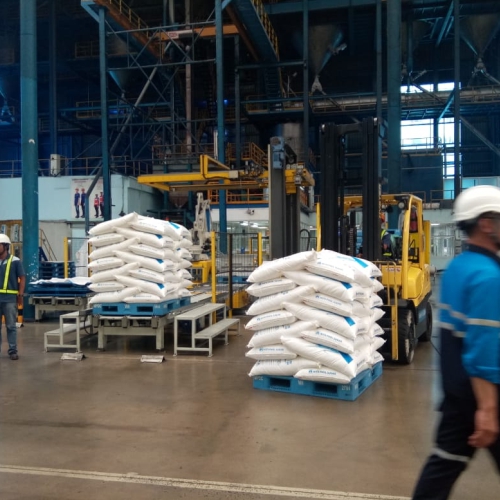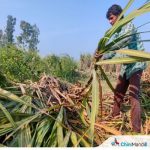Mumbai (Maharashtra) [India], May 28 (ANI): India Ratings and Research (Ind-Ra) has said that Covid 2.0’s impact on the economy in the current financial year will be felt more through loss of demand impulse than supply-side disruptions.
Besides, the loss of demand-side impulse is expected to be more pronounced in rural areas than in urban areas, notwithstanding the forecast of a near-normal monsoon this year.
Covid 1.0 was largely an urban phenomenon despite the large-scale reverse labour migration. Ind-Ra said what saved rural areas was timely arrangements state governments had put up to quarantine migrant labours before letting them enter their homes and intermingle with the local population.
This prevented the spread of Covid-19 in rural areas and production activities and in turn, rural consumption largely remained unimpacted.
However, the situation in Covid 2.0 is different as the highly infectious mutated strain of Covid-19 has already spread to rural India. Health ministry statistics show that the country’s 394 districts out of 718 had a case positivity rate of over 10 per cent on May 20.
Such a high rate of positivity rate is being recorded even when the level of testing is low in rural India. This means that the pandemic in many areas may be spreading or has already spread without getting adequately captured in official statistics.
Ind-Ra said this may result in inadequate government intervention to contain the pandemic and higher fatality.
The second factor that will adversely impact rural demand and expenditure during Covid 2.0 is the decline in non-agricultural activities as most of these activities require high human contact, be it work of a carpenter, blacksmith, auto/tractor/cycle repair, construction, transport and storage.
Thus even employment offered under the Mahatma Gandhi National Rural Employment Guarantee Scheme in rural areas may be less effective if family bread-winners fall to Covid-19 infection.
The slowdown in non-agricultural activities and in turn on non-agricultural income will have a serious impact on rural demand since non-agricultural income constitute nearly two-thirds of the rural income.
The third factor that will impact rural demand and expenditure unfavourably in FY22 is rural wages. The largest chunk of rural population consists of daily wage earners and not farmers. Rural wage growth both for agricultural and non-agricultural activities has declined lately.
Average agricultural wage growth during November 2020 to March 2021 declined to 2.9 per cent from 8.5 per cent during April to August 2020.
Similarly, wage growth for non-agricultural activities during November 2020 to March 2021 declined to 5.2 per cent from 9.1 per cent during April to August 2020.
While demand for agricultural credit and agricultural inputs like fertiliser and pesticides can remain strong in view of the third consecutive year of near-normal monsoon, said Ind-Ra, the demand for FMCG products, automobiles (especially tractors and two-wheelers) is expected to suffer.
The answer to the current economic woes lies in the domain of medical sciences alone and the focus has to be on strengthening the ongoing vaccination drive.
In the interim, said Ind-Ra, providing free rations, income support, higher allocation under the Mahatma Gandhi National Rural Employment Guarantee Scheme will go a long way in reducing the injury inflicted by the pandemic in rural areas. (ANI)












